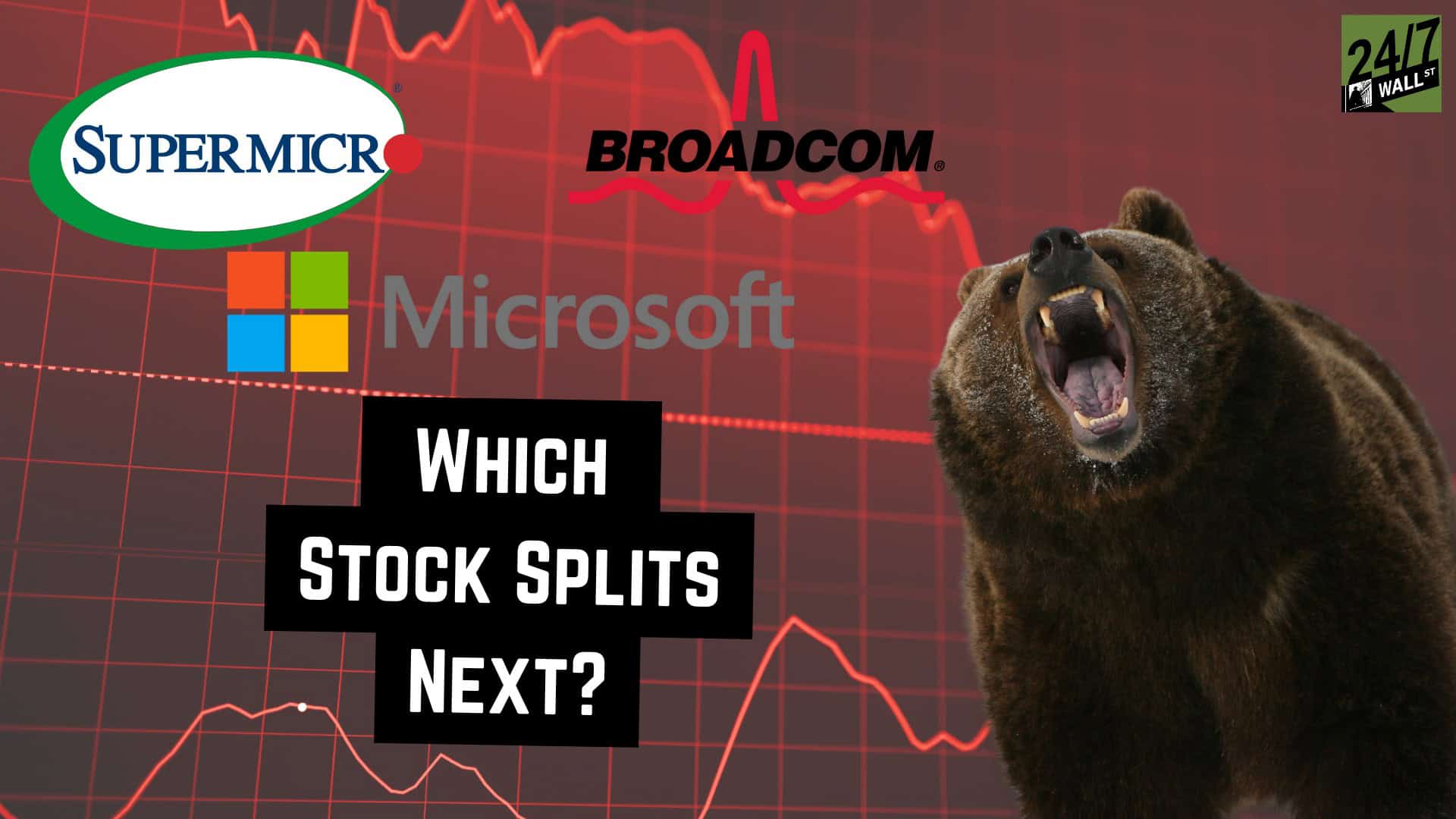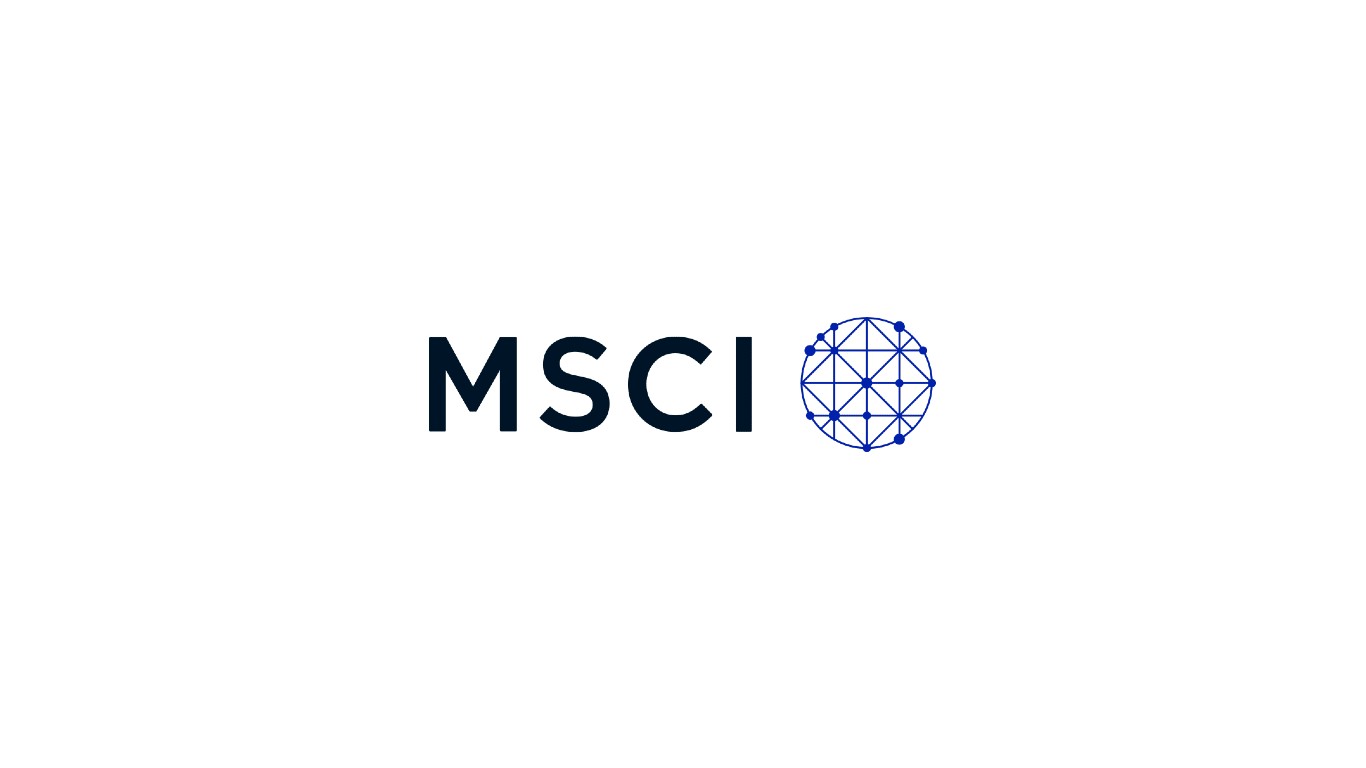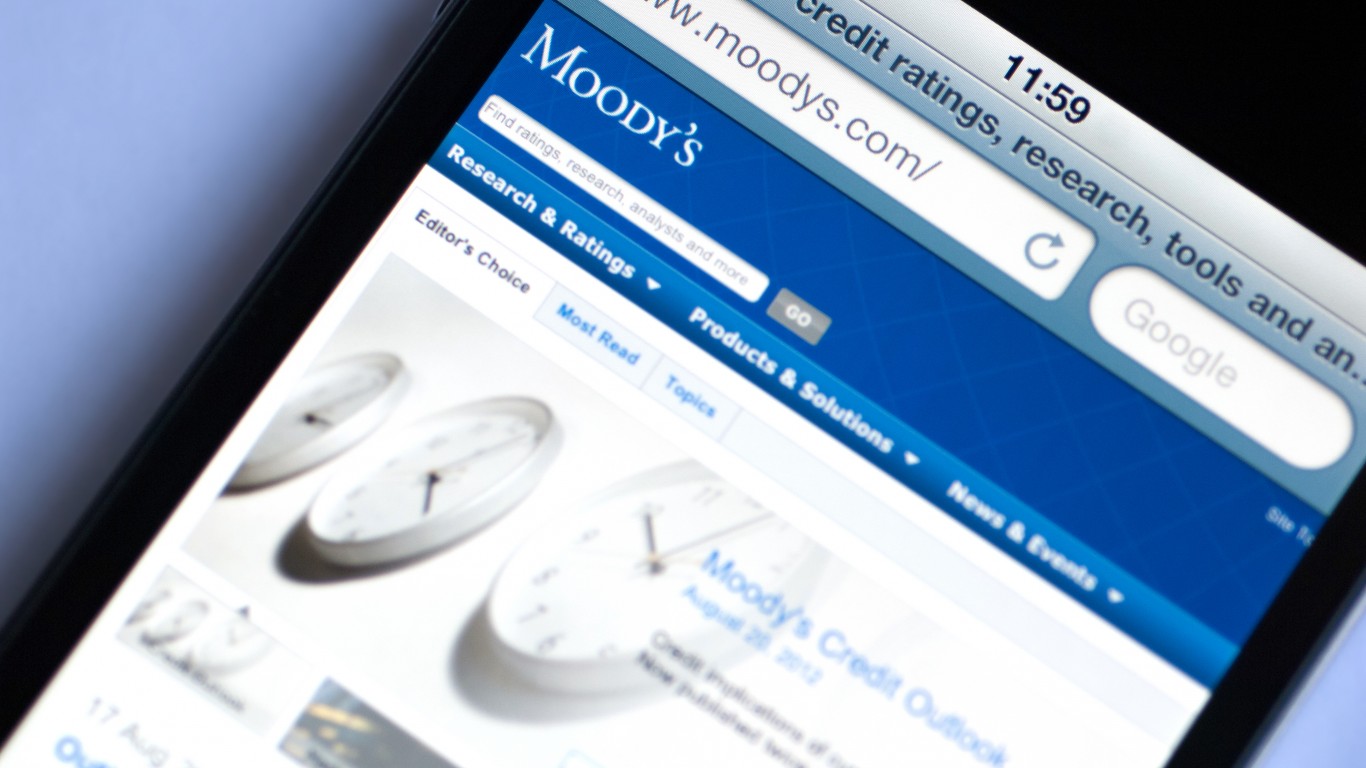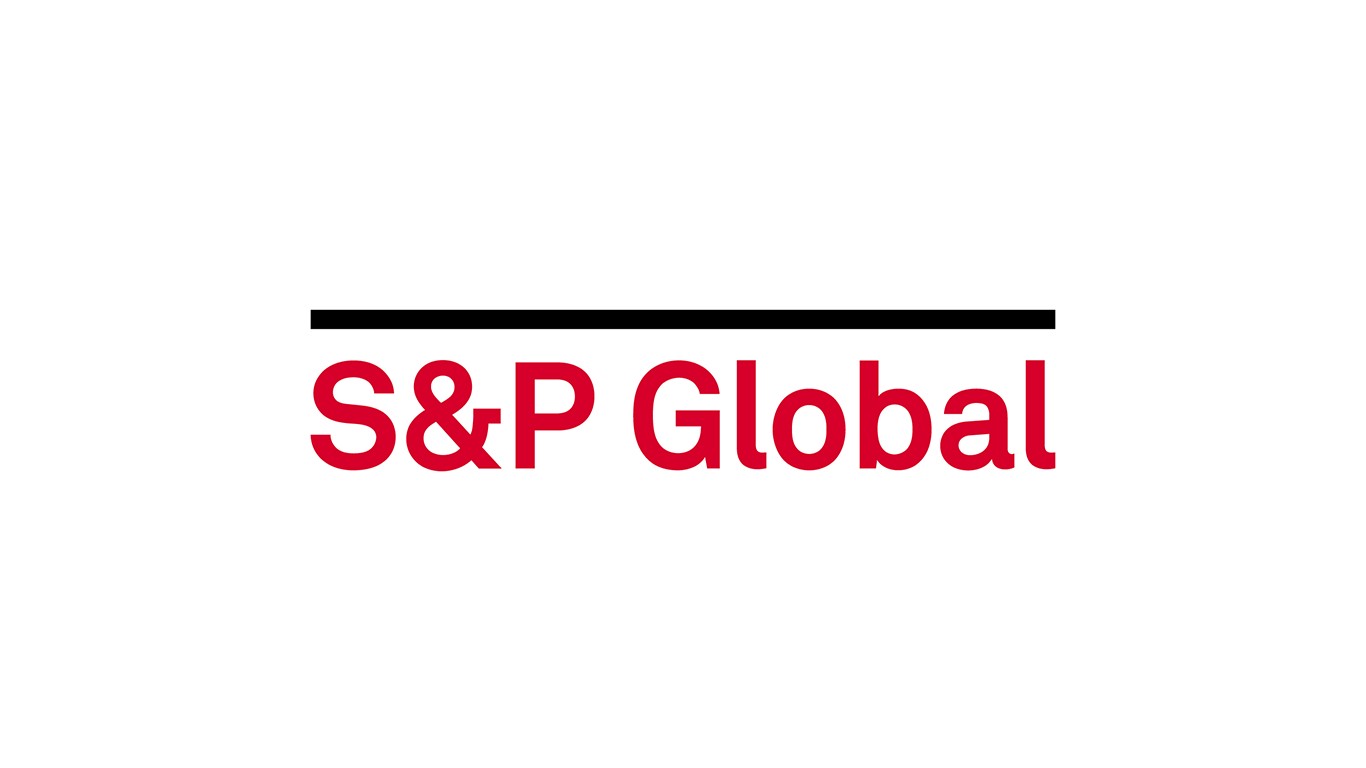
Around 100 stock split announcements were made from its universe of 11,000 global equities in Q2 2024. That’s the highest number of stock splits since Q2 2023. In the first half of 2024, there were 168 stock split announcements, the highest level over the past decade.
Some of the more significant splits in 2024 include Walmart’s (NYSE:WMT) 3-for-1 in February, Nvidia’s (NASDAQ:NVDA) 10-for-1 in early June, and Chipotle Mexican Grill’s (NASDAQ:CMG) 50-for-1 in late June.
Recent Bank of America research showed that stocks that split generate an average total return of 25% in the 12 months after the split, doubling the performance of the S&P 500.
“Splits have boosted returns in every decade, including the early 2000s when the S&P 500 struggled,” Fortune from Jared Woodard, head of the bank’s research investment committee.
As a result, it’s not surprising that stocks from all kinds of industries will announce stock splits.
Three large-cap financial services companies with share prices over $400 haven’t made stock split announcements this year but could in 2025.
Here are the three stocks listed from least likely to most likely to split their stock in the coming year.
Key Points About This Article:
- MSCI (NYSE:MSCI) has never done a stock split since going public in 2007.
- Moody’s (NYSE:MCO) stock has doubled over the past five years.
- The management transition at S&P Global (NYSE:SPGI) suggests it could be the one to do a split in early 2025.
- Sit back and let dividends do the heavy lifting for a simple, steady path to serious wealth creation over time. Grab a free copy of “2 Legendary High-Yield Dividend Stocks” now.
MSCI (MSCI)

MSCI (NYSE:MSCI) is the smallest of three stocks with a market cap of $47 billion. Its shares are up 8% in 2024 through Nov. 19. The data analytics company is best known for its group of equity and fixed-income market indexes.
According to MSCI’s website, over $16.5 trillion in assets under management are benchmarked to its equity indexes. MSCI has over 280,000 equity indexes worldwide, with approximately 16,300 calculated daily in real-time. In addition, more than 1,400 equity ETFs are linked to MSCI Indexes.
The most prominent equity index would be the MSCI ACWI (All Country World Index) Investable Market Index (IMI), which captures about 99% of the global equity market.
In Q3 2024, MSCI’s Index segment generated revenue of $404.9 million and $314.1 million in adjusted EBITDA (earnings before interest, taxes, depreciation, and amortization), a healthy 77.6% adjusted EBITDA margin.
The index business accounts for 55% of its overall revenue and 70% of its adjusted EBITDA. It is the engine that drives this train.
According to S&P Global Market Intelligence, the 13 analysts that cover its stock rate it Outperform, with a median target price of $662, 10% higher than where it’s currently trading.
MSCI is the least likely to split its stock, as it has never done so in the 17 years it has been a public company.
Moody’s (MCO)

Most investors know Moody’s (NYSE:MCO) for two reasons.
First, it’s one of the three big credit rating agencies, along with S&P Global Ratings (which I’ll discuss in the next section) and Fitch Ratings, 100% privately owned by Hearst Corp.
Secondly, it is the 7th-largest equity holding in Berkshire Hathaway’s (NYSE:BRK.B) $293 billion portfolio. Moody’s accounts for 4.0% of Berkshire’s portfolio, while Warren Buffett’s holding company owns 13.6% of the $85 billion market cap.
According to WhaleWisdom.com, Berkshire first bought MCO stock in Q1 2001. It estimates that Berkshire’s average price paid for MCO shares is $13.71 a share, suggesting the holding company’s 23-year cumulative return is over 3,300%.
Buffett said in his 2009 shareholder letter that Berkshire sold some Moody’s stock that year. Looking at the 2008 and 2009 13F reports, it works out to 16.1 million, and it sold over seven million shares between 2010 and today. However, Berkshire’s Moody’s stake is still worth over $11.6 billion and in the top 10.
Moody’s became a public company in September 2000 when Dun & Bradstreet spun it off. In the 24 years since, it has split its stock once, in May 2005, on a 2-for-1 basis.
Up 111% over the past five years, another 2-for-1 could be in the cards in 2025.
S&P Global (SPGI)

S&P Global (NYSE:SPGI) competes with both MSCI (indexes) and Moody’s (credit ratings). It is the biggest of the three, with a $156 billion market cap.
Its history dates back to 1888 when James H. McGraw acquired the American Journal of Railway Appliances. In 1909, McGraw combined his book business with John Hill’s to form the McGraw Hill Book Company. Several mergers later, it became McGraw-Hill Inc., buying Standard & Poor’s in 1966. After selling its education business, it renamed itself McGraw-Hill Financial in 2013, adopting the S&P Global name in April 2016.
Officially, SPGI has had eight stock splits in its history, although none under its current name. The last was a 2-for-1 split in May 2005, right around the same time as Moody’s split.
S&P Global is the most likely to split because it doesn’t have a shareholder like Berkshire Hathaway that might have something to say about a proposed split.
In addition, the company is in the middle of transitioning its executive management team. In June, SPGI announced that CEO Douglas Peterson would step down from the top job at the end of October after 11 years. Martina Cheung, the head of S&P Global Ratings, succeeded him. Peterson will remain as a Special Advisor through the end of 2025.
The new executive team includes CFO Eric Aboaf, who will join the company in February and leave the same role at State Street (NYSE:STT). Aboaf will assume the additional responsibilities of leading Strategy, Mergers and Acquisitions, Ventures and Corporate Responsibility disclosures, and CFO duties.
The new team will want to make an early impression on investors, and a 5-for-1 stock split would catch their attention.
Are You Ahead, or Behind on Retirement? (sponsor)
If you’re one of the over 4 Million Americans set to retire this year, you may want to pay attention.
Finding a financial advisor who puts your interest first can be the difference between a rich retirement and barely getting by, and today it’s easier than ever. SmartAsset’s free tool matches you with up to three fiduciary financial advisors that serve your area in minutes. Each advisor has been carefully vetted, and must act in your best interests. Start your search now.
Don’t waste another minute; get started right here and help your retirement dreams become a retirement reality.
Thank you for reading! Have some feedback for us?
Contact the 24/7 Wall St. editorial team.





